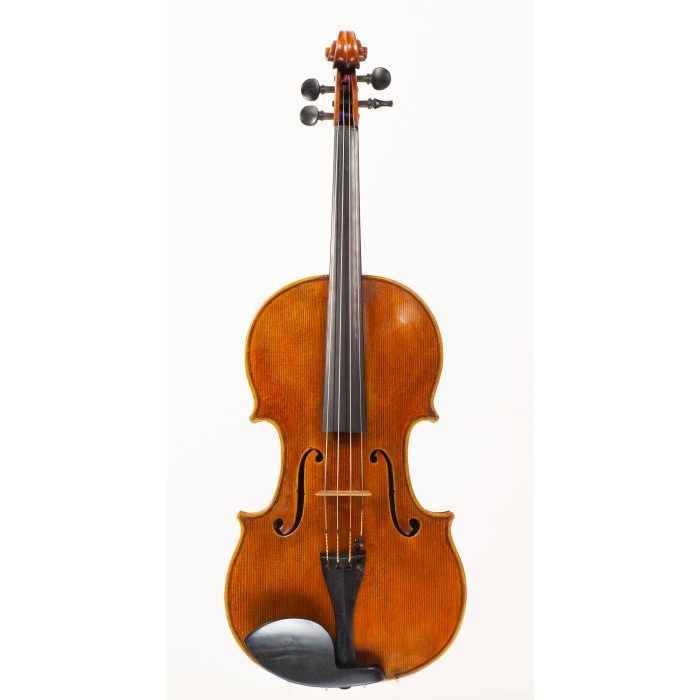Learning an instrument is an opportunity or a chapter in your life in which you have stepped outside of your comfort zone and achieved something you never imagined you could do. Nothing compares to the satisfaction of being a talented professional violist and recognizing that you’ve been through so much that other people will never remember.
Finally, being a professional violist allows you to articulate yourself. If you can’t seem to find a way to enjoy writing, playing a sport, or something else, maybe practicing an instrument like the viola would help you feel like you’ve found a way to express yourself.
The professional viola used to come in a variety of sizes and styles, as well as different names. The word viola da braccio, which simply means “of the arm,” was often used by the Italians. Another Italian word for viola was “brazzo,” which the Germans adapted as Bratsche.
The French gave each instrument its own name: a cinquiesme was a small viola, a haute contre was a large viola, and a taile was a tenor viola. The French now refer to it as alto, which refers to its range.
A. E. Smith, an Englishman, was one of the most well-known professional viola builders of the twentieth century, and his violas became widely sought after. Many of his professional violas are now in Australia, where the violists of the Sydney Symphony Orchestra have a dozen of them in their section for several decades.
A violist or professional viola player is someone who plays the professional viola. The technique needed for playing the viola differs from that required for playing the violin, partially due to the greater scale of the instrument: the notes are spaced out further down the fingerboard and therefore require separate fingerings.
Five Features of Professional Violas:
It can be hard to choose a good professional viola if only have experience with beginner or intermediate violas. Given below are some parts that you might check before buying a professional viola:
Quality Tonewood: The tone of the viola is heavily influenced by the nature and age of the wood in the top and back. Violas are very sensitive to their surroundings, which include heat and humidity. If properly cared for, a well-made, frequently played viola can benefit significantly with age.
The sound is also affected by the age, form, and quality of the varnish used on these parts. The viola should have a Spruce wood belly (top plate), as well as maple and ebony woods too.
Tail Gut: The sound quality and tone of the viola are greatly influenced by the exact tuning of the tailgut. When it’s brand new, it might need a little tweaking now and again to make sure it’s playing at its finest. The viola’s tail gut will eventually calm down and need less care.
Strings: The traditional string was made of sheep’s gut, but these days, only a few strings are made of this fiber. Any player has their own view of how much the strings can be reset, but they should be replaced when the string breaks or loses the ability to remain in tune or deliver a satisfying sound.
Ribs: The ribs (or sides) are meticulously designed to separate the viola’s top and bottom, allowing the sound to create. The ribs (or sides) of a viola are carefully formed wood fragments that extend along the entire outer edge of the instrument’s frame, along the top and back.
The ribs separate the two surfaces, forming a resonant cavity in which the viola’s sound is contained.
F-Holes: F-holes aid in shaping and directing the viola’s pitch. For decades, the location, scale, and effect of sound holes on stringed instruments have been a source of endless innovation.
According to acoustic studies, f-holes allow for more mobility between the top and back of the head and help concentrate sound output. If their primary purpose was to enable sound waves to exit, the tone quality is impacted more than one would imagine.
In conclusion, do not panic. Just keep the above parts in mind and check their workability and quality. Hope this helps in buying you a professional viola.
